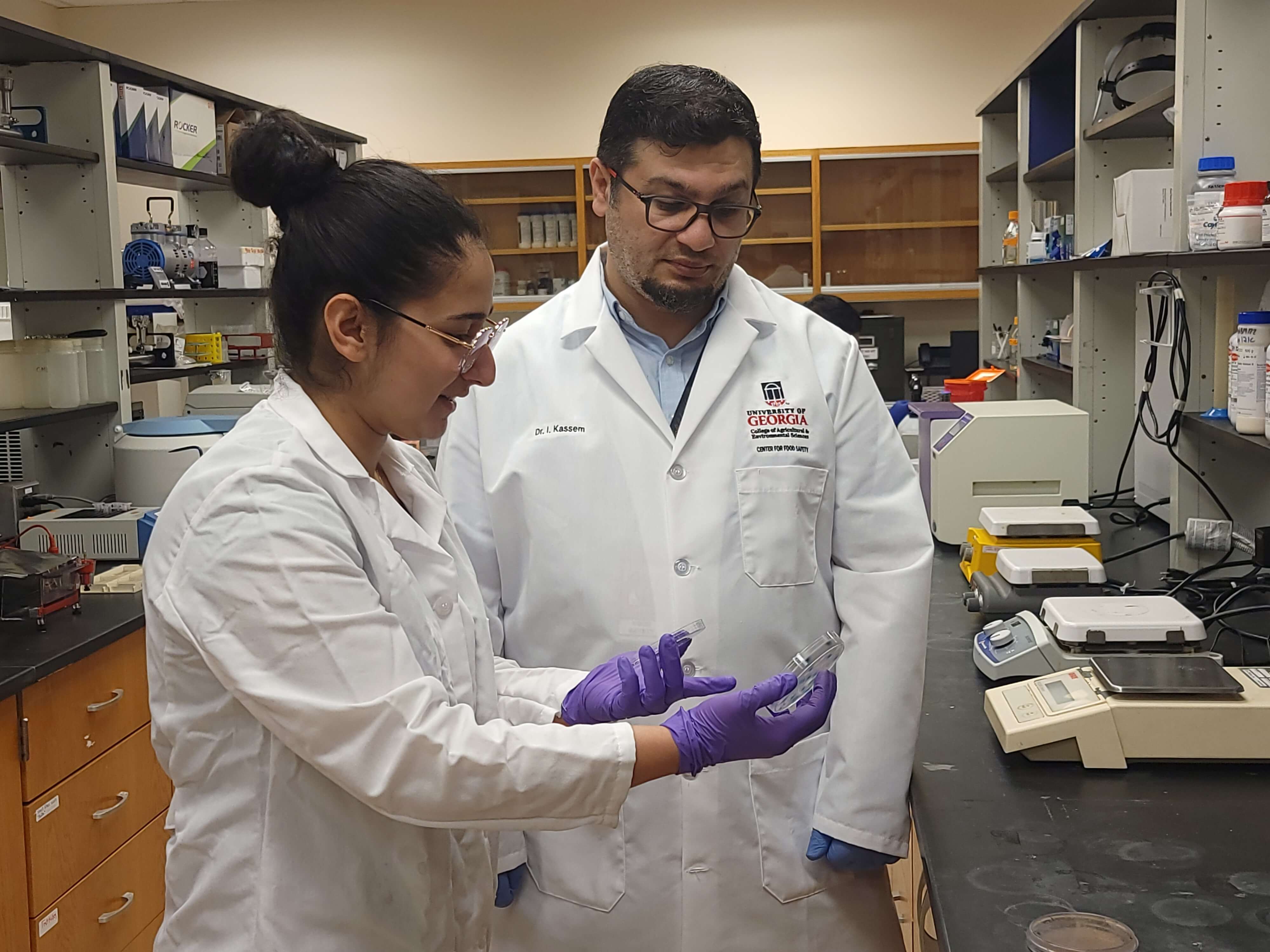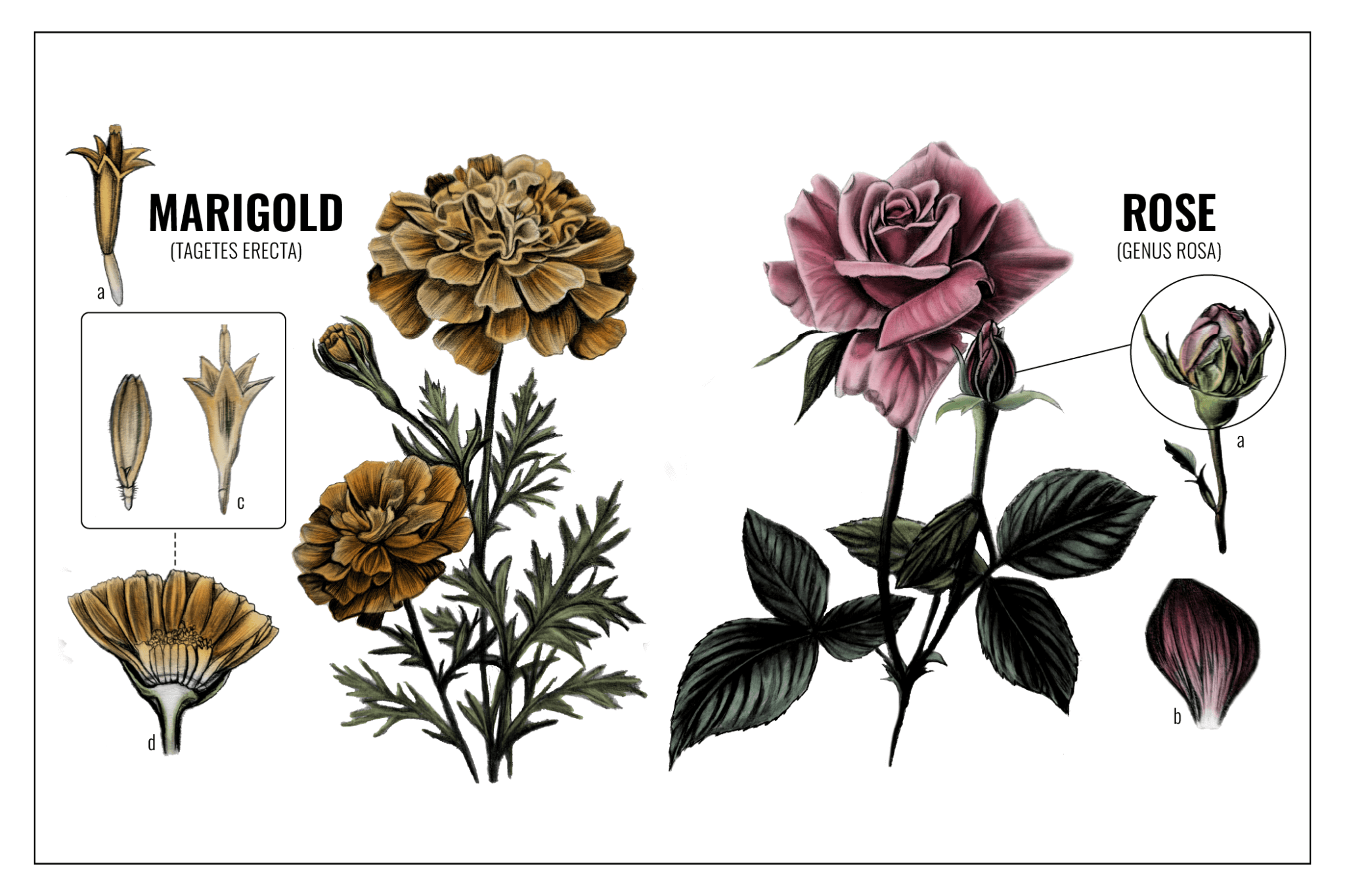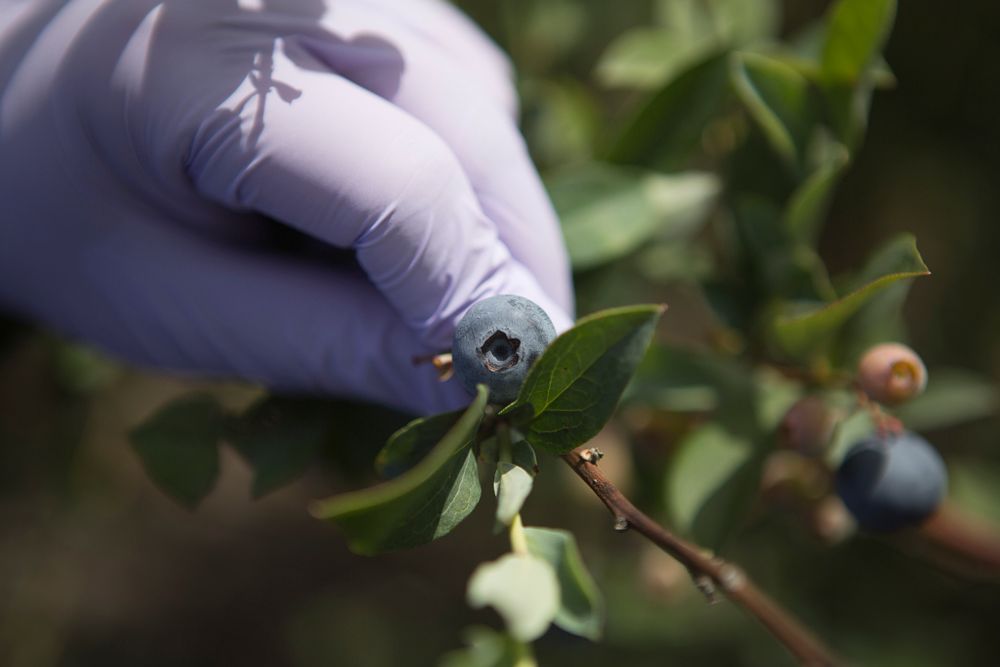.jpg)
Candy corn is either the first or the last piece of candy you reach for around the Halloween season.
Gwendolyn Schaufelberger, a pre-pharmacy student at the University of Georgia, said, “It’s probably my favorite Halloween candy. I think it’s because of the nostalgia, though, because it tastes like plastic to me.”
“I myself am in the ‘dislike corn candy’ group, but I always thought it was probably a cultural thing in the U.S. (like peanut butter), and me being from India, I do not get it,” remarked Koushik Adhikari, an associate professor of food science and technology in the UGA College of Agricultural and Environmental Sciences.
Regardless of your opinion, candy corn is a mysterious confection. Its flavor, texture and history are unique, making this variegated sweet more than meets the eye.
The origins of candy corn
Around the 1880s, when agriculture dominated almost half of the American workforce, candy companies began making farming-themed candies like pumpkins, chestnuts and even turnips to market to children who lived in rural communities, according to Becky Little for History.com.
The National Confectioners Association credits the invention of candy corn to an employee of the Wunderle Candy Company in Philadelphia named George Renninger, but the first company to sell the sweet was the Goelitz Candy Company, which can be recognized today as the Jelly Belly Candy Company.
Goelitz started selling the candy in 1898, writes Rebecca Rupp in National Geographic, marketing it as “Chicken Feed” because before World War I, corn was mainly given to chickens and pigs for food and was not widely eaten by people in the U.S.
Author of “Candy: A Century of Panic and Pleasure,” Samira Kawash said in an article for The Atlantic, “It wasn't until war-time wheat shortages in 1917 that any but the poorest Americans would have considered corn flour, corn meal or corn bread acceptable foodstuffs.”
Kawash also wrote, “As Halloween became more and more dominated by candy beginning in the 1950s, candy corn increasingly became the candy for Halloween. There was a dramatic spike in October advertising of candy corn beginning in the 1950s.”
What makes candy corn unique?

Have you ever thought about what the actual flavor of candy corn is? Have you ever tried to describe its texture?
William Kerr, professor of food science and technology and director of the Food Processing Research and Development Lab at CAES says the technical flavor of candy corn is buttercream.
“It's sort of sugar, butter, honey and vanilla. You know, that kind of spectrum. So it's not just sugar. I think the good ones actually have real honey… It's not overpowering honey. It’s just a little bit of a honey flavor,” he said.
Kerr described candy corn’s texture as “firm, chewy, but not too firm. A little hard on the outside… It’s kind of a meringue … I think that's because they use gelatin with it and they aerate it, so that gives it a little something. It’s like a firm marshmallow.”
But how does candy corn get this texture? Candy, in general, is made by heating up sugar and water to a certain temperature, which will determine the hardness or softness of the candy.
Candy corn falls between the soft and hard ball categories, meaning the sugar forms a ball of varying stickiness anywhere between 235 and 245 degrees Fahrenheit.
How it's made
The National Confectioners Association reports that little has changed in the candy corn making process since the 1900s. Candy makers called “stringers” walked backwards, pouring the viscous candy mixture into cornstarch trays imprinted with the kernel shape. Nowadays, machines pour three different colors of the candy, or mellowcreme, into a mold and the entire candy is cooled. After cooling, the kernels are emptied into a polishing containers called pans where a confectioner's glaze is added to make the kernels a little shiny.
To make this confectioner’s glaze, candy corn companies use things like wax and mineral oil, according to Kerr. Some even use small amounts of shellac in their glazes.
“They put them in a big drum. It's kind of like a clothes dryer-looking thing that just turns over and over. That helps distribute this clear coating so they look kind of shiny and hard on the surface,” he said.
These glazes are edible, and can be compared to the wax coating that can be found on apples and other produce, so your favorite (or least favorite) Halloween candy is still safe to eat. Whether or not you choose to eat it is entirely up to you.






